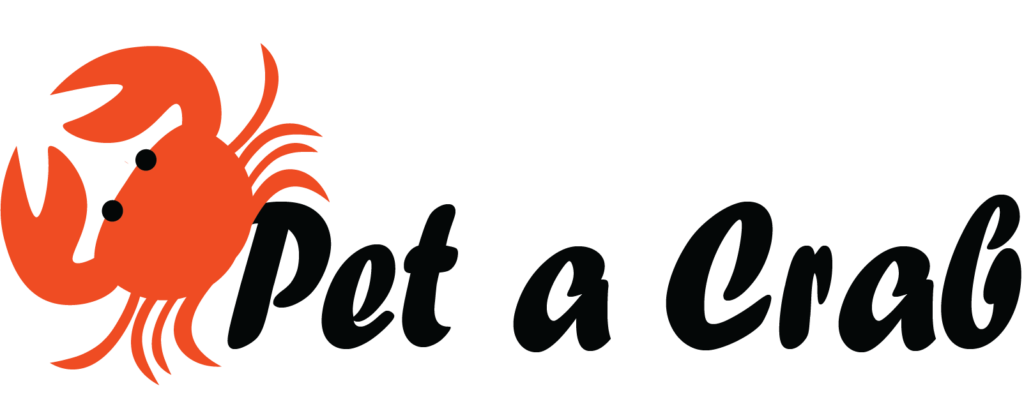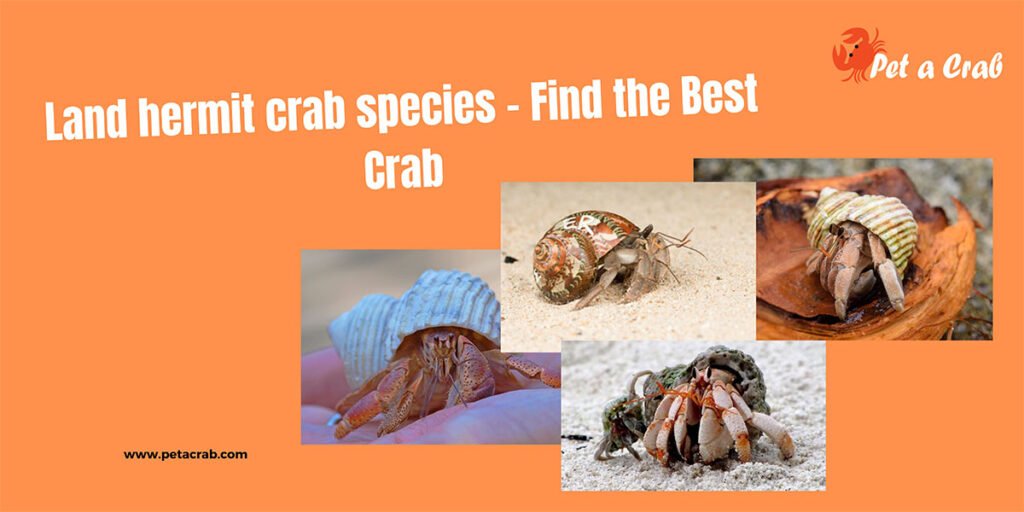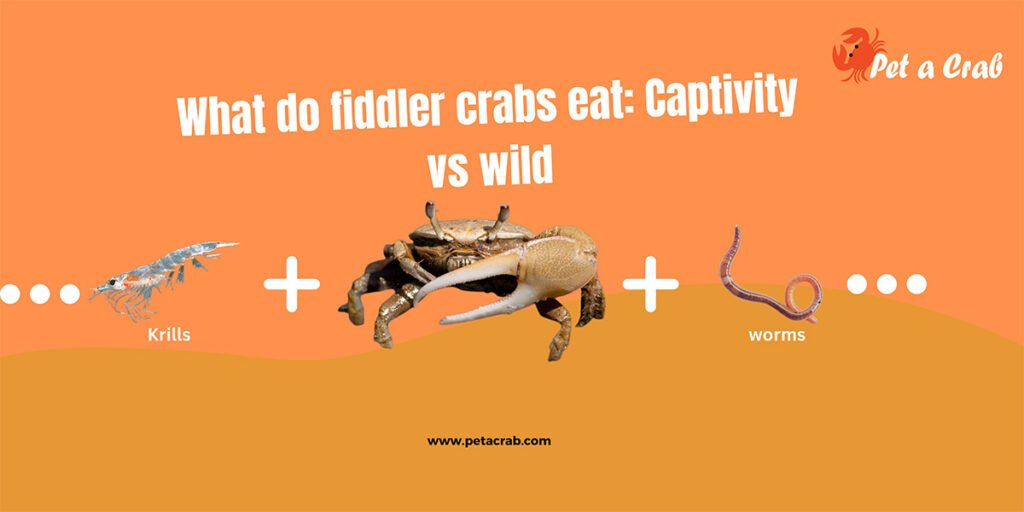Are you worried about your coconut crab diet? I am providing essential tips and a feeding guide about the coconut crab diet so that you do not need to worry about that.
Usually, you must give your crabs a good and nutritious diet. This food keeps them healthy, helps build a strong exoskeleton after molting and encourages their growth. They can grow to 9 pounds and 3 feet in length and can lift the weight of a 10-year-old child. So they called the other part of the island a giant robber crab.
Owning a coconut crab can be a very worthwhile and unique experience. So if you are looking to keep them as pets, it is important to research how to feed them. In this guide, I will highlight the various food sources that you feed your palm thief. So keep reading and learning more about this diet guide for coconut crabs.
Coconut Crab Diet
The coconut crab is also known as the robber crab, which is a species of the hermit crab. Generally, their diet encompasses a variety of things. So anything left unattended becomes a potential source of food for them. As they investigate the potential food item and then carry it away, they are called robber crabs.
Generally, they live on the coastlines of marine islands throughout the tropical western Indo-Pacific Ocean. In this place, they live in burrows, which allows them protection. Besides, offer them to store food. Also, it seems they bury themselves completely during the molting periods.
Although the robber crabs are omnivores and scavengers, they eat pretty much anything they can find. In the coconut crab diet, they usually eat carcasses, the molted skeletons of other crustaceans, coconut meat and tropical fruits.
They frequently pierce a coconut’s sensitive eye with their large claw. While some of them will drag coconuts to the top of a tree. For safe consumption, they will bring larger food items back to their home burrows. Besides, they may often store foods for later.

What do coconut crabs eat in the wild?
The coconut crab is an omnivore, so it will eat plant and animal matter and be left unattended on the ground. But certain species can be found in families with a tendency toward omnivores and a more specialised diet.
Usually, they can eat slow-moving invertebrates, snails, slugs, worms and crustaceans in the wild. However, some crabs feed on a variety of plant materials, such as coconut, leaves, plants, flowers, fruits, vegetables, seeds, grains and more.
What do coconut crabs eat in the aquarium?
By nature, most crabs are not fussy eaters. However, this approach will only lead to problems with their exoskeleton or any health diseases. So if you want to keep them in a land aquarium, give them the best life possible. Besides, it is important to provide a well-balanced diet.
By doing them, the coconut crab gets all the things that are necessary for their growth and overall well-being such as microelements, vitamins and minerals. However, palm thieves are a good food source because their legs have been specially evolved to climb palm trees.
Recommend Food In The Aquarium- Best Diet For Coconut Crabs
| Vegetables | Fruits | Proteins Food | Calcium |
| Basil Broccoli Beet Carrots Corn Cabbage Cucumber Cauliflower Green beans Green pea Lettuce Moss Oats Pumpkin Peas | Kale Broccoli Spinach Seaweed Nuts Cuttlebones Eggshells Oyster shells Seeds Mollusks | Raw or boiled Chicken Raw or boiled Fish Shrimp Brine shrimp Blackworms Bloodworms Snails Mosquito larvae Eggs (including shells) | Kale Broccoli Spinach Seaweed Nuts Cuttlebones Eggshells Oyster shells Seeds Molluscs |
Coconut Crab Commercial Diet
In captivity, the coconut crab diet should also include a well-balanced commercial food supplement with a variety of fresh foods. As well as being the ideal commercial food source, this includes dry pellet foods and frozen foods. I told you this because they are commercially prepared and contain high amounts of protein and vitamins. Below are a few more good sources for these:
- Frozen blood worms
- API fish flood flakes
- Shrimp pellets
- Shrimp granules and
- Hilari shrimp cuisine

How do the coconut crabs get their food in the wild?
Fortunately, robber crabs have strong pincers that can help them climb about anything they can see. From the branches of a tree to the chains of a fence, they are easily climbed. Despite their giant size, they can hang off an object for hours.
Though there are many ways to get food in the wild, it was one of the best ways to get food, especially their beloved coconuts. In the process, they climb to the tops of coconut trees and knock the fruit off. Then they can treat themselves to a nice meal.
Do you know the big facts about their food? They do not climb trees to get coconuts. Also, they scale branches to hunt for mini birds that stay on top of the tree. Then drag them down to the burrows where they live.
How often should you feed coconut crabs?
There is a wide range of species that do quite well on one feeding per two days. Some crab owners like to feed them daily to prevent them from getting hungry. Usually, you should feed young robber crabs every day. However, the amount of food required for each coconut crab is up to 5–10% of their weight.

Conclusion
Despite the coconut crab’s giant size, they are not suitable for keeping as a pet. But it is not a big problem. Keeping a robber crab as a pet is possible as long as you give them enough room and maintain a schedule for a coconut crab diet. But it is really important to know what they eat in the aquarium. Because they live in different places, coconut crab diets vary depending on their environment.
Related article – Giant hermit crab


